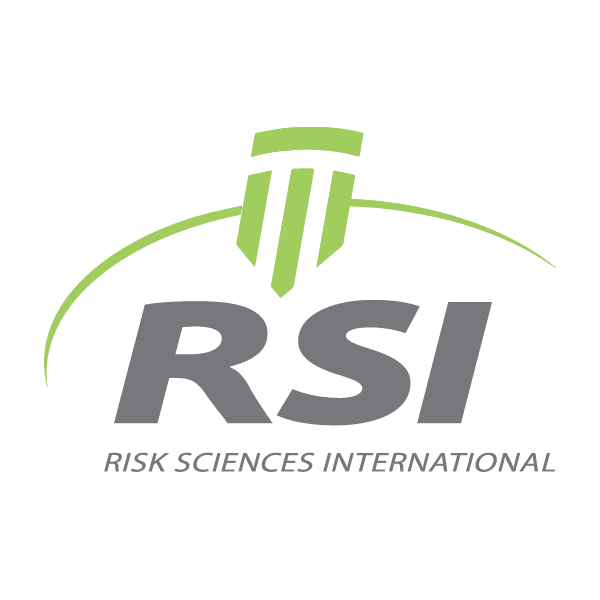Cadmium is a naturally occurring heavy metal that has become a global concern due to its widespread industrial use and persistence in the environment. Found in batteries, pigments, plastics, and as a byproduct of mining and smelting, cadmium can contaminate air, soil, and water. Human exposure primarily occurs through food, tobacco smoke, and occupational settings, with risks ranging from kidney damage and bone demineralization to carcinogenic outcomes.
Managing cadmium risk is complex because of its durability in ecosystems and the difficulty of reducing chronic, low-level exposures. Populations living near industrial sites may face elevated risks, while dietary intake can expose broader communities. Regulatory agencies are tasked with setting permissible limits, industries must adopt cleaner technologies, and international bodies coordinate efforts to address cadmium’s transboundary impacts. Public concern often centers on contaminated foods or drinking water, as well as broader debates about the sustainability of industrial practices that generate cadmium pollution.
Risk sciences play a pivotal role by integrating toxicological research, exposure assessments, and population vulnerability analysis. They help decision-makers prioritize interventions, identify at-risk groups, and evaluate the effectiveness of regulatory standards and remediation strategies. Transparent risk communication is also essential in addressing public concern and fostering trust.
RSI is committed to applying its expertise in managing heavy metal risks, including cadmium, bringing experience and knowledge that enable effective and evidence-based decision-making in this sector.

